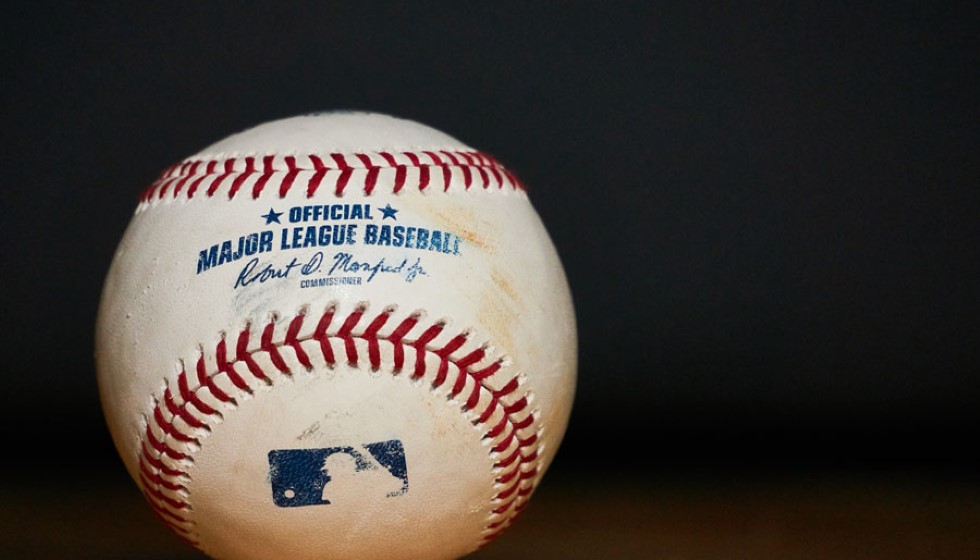
Baseball's Booming Postseason Rewards
In an unprecedented turn for Major League Baseball, the 2024 postseason pool swelled to a staggering $129.1 million, breaking the previous record of $107.8 million set just a year prior in 2023. This growth reflects the increasing revenues from the league’s most exhilarating games, offering substantial financial rewards to the teams and players who make it deep into October.
The mechanics behind this massive pool are straightforward. The postseason funds are derived from 60% of the gate receipts during select high-stakes games. These include the initial four games of both the World Series and Championship Series, the first three games of the Divisional Round, and the first two contests of the Wild Card Series. This system ensures that higher-stakes games, attended by fans in anticipation of history-making moments, directly contribute to the reward pool.
Dividing the Spoils
With the pool established, the allocation of these funds follows a defined structure. The World Series champions claim the lion’s share, receiving 36% of the total pool. The runners-up do not leave empty-handed, taking home 24%. The teams falling just short of the championship series, those eliminated in the League Championship Series, receive 12% each. Meanwhile, teams knocked out in the Division Series collect 3.3% each, and the Wild Card Series losers gain 0.8% each. This structured distribution recognizes the achievements of teams across different stages of the playoffs, rewarding persistence and excellence.
Teams then have the autonomy to decide how to distribute their shares amongst players and staff, a decision often reflective of both the team’s financial strategies and its culture. This internal distribution is determined by a vote, allowing input from both players and club personnel.
Uneven Shares Reflect Team Fortunes
The 2024 season saw remarkable variations in the financial rewards for players from different teams, highlighting the performance disparities in the league.
The Los Angeles Dodgers, for instance, awarded a hefty $477,441 per full share, backed by their postseason success. Players from the New York Yankees, another franchise known for its postseason prowess, received $354,572 per full share. Meanwhile, performers for the Cleveland Guardians earned $182,663 each, an amount that reflects their competitive showing.
Further down the spectrum, the New York Mets players took home $179,948 per full share, and Detroit Tigers players received $55,729 each. These varying figures demonstrate the influence of both market size and postseason advancement on player payouts.
Notably, teams like the Philadelphia Phillies, Kansas City Royals, and San Diego Padres rewarded their players with $52,278, $49,583, and $45,985 per share, respectively. Meanwhile, the Baltimore Orioles, Houston Astros, Milwaukee Brewers, and Atlanta Braves distributed notably smaller sums, with full shares ranging from $11,870 to $9,548. Such differences often underscore the financial constraints and competitive challenges faced by smaller-market teams.
The Human Element in Financial Strategy
The strategy behind share distribution is as much about team unity as it is about financial acknowledgment. By enabling a vote on how shares are allocated, teams foster a sense of community and shared purpose. This democratic approach can bolster morale and offer personnel, beyond just the high-profile players, a sense of being valued and integral to the team's success.
For the players, these financial windfalls serve as a tangible recognition of their dedication and performance. The postseason presents a grueling test of skill and endurance, and these rewards are a reflection of triumphs achieved on the field. Behind every dollar lies a story of teamwork, sacrifice, and moments of brilliance that have captivated millions.
As baseball continues to capture the hearts of fans worldwide, the rising postseason pool is a testament to the sport’s enduring appeal and the financial structures underpinning it. With every year, the stakes—and the rewards—appear poised to climb even higher, ensuring that the drama of October baseball remains as gripping as ever.